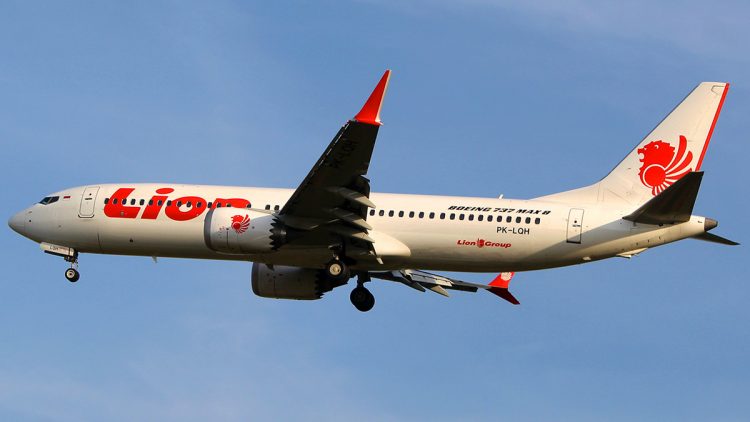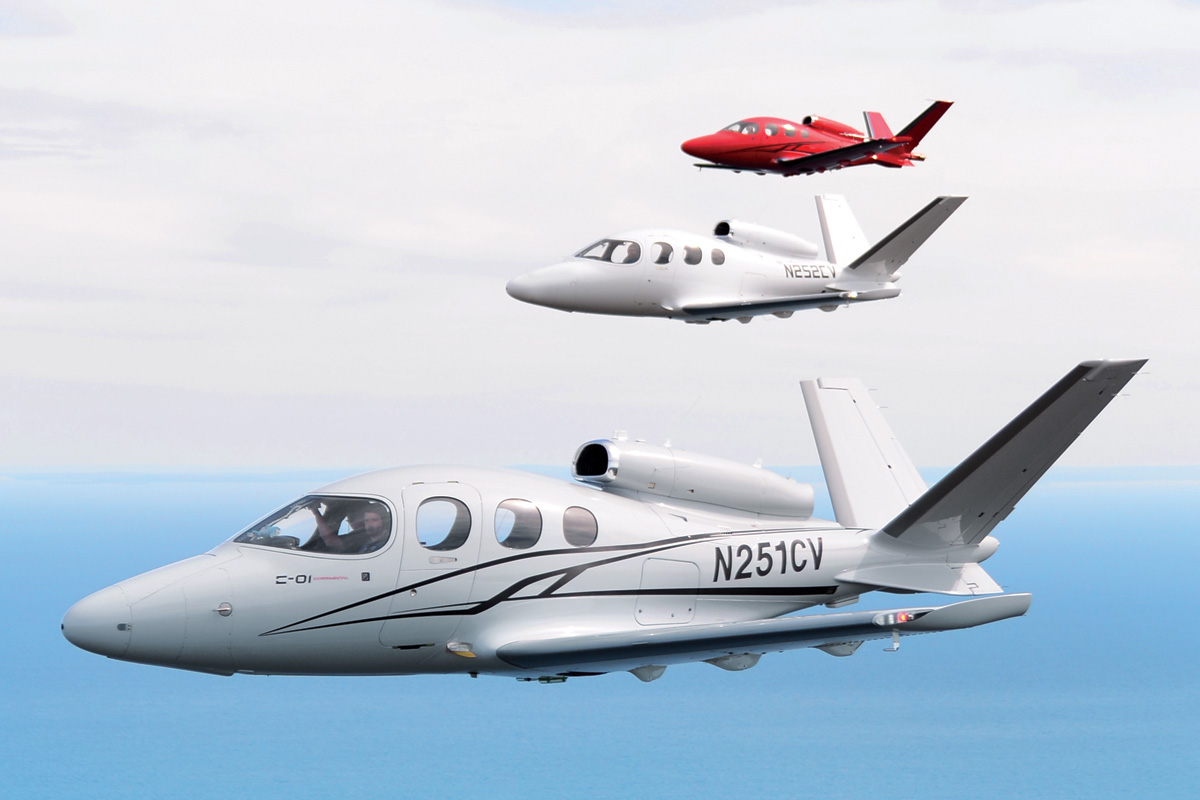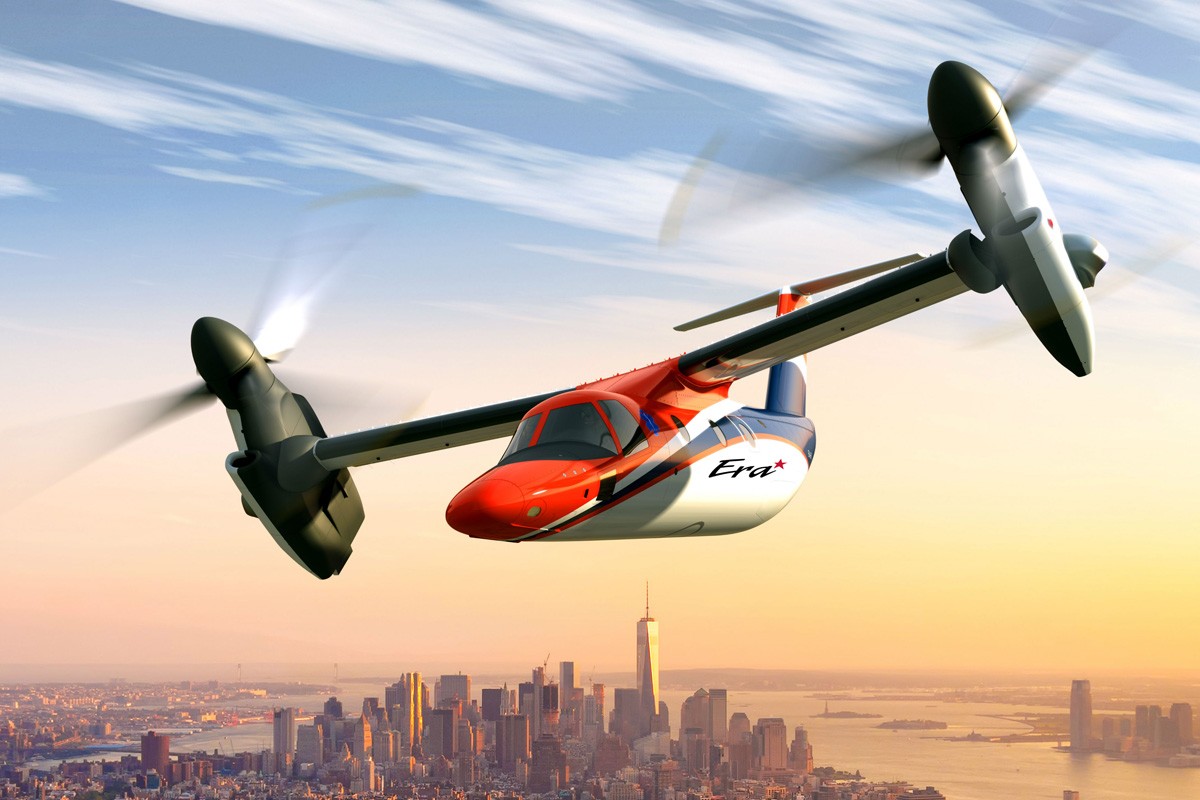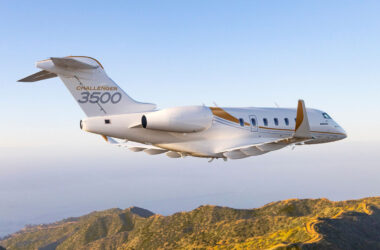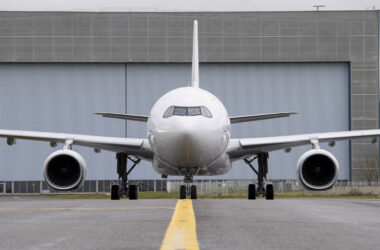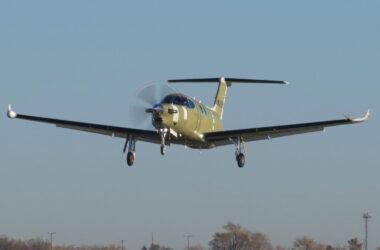The United States Federal Aviation Agency (FAA) on Thursday issued an emergency airworthiness directive for the Cirrus SF50 Vision jet and ordered the grounding of all airplanes. The agency requested the review and improvements in the angle of attack indicators of the aircraft. The shutdown involves more than 100 airplanes.
The FAA directive was prompted by three incidents reported by Cirrus jets from November 2018 to April this year. As the authority explains, the aircraft’s stall and warning systems (SWPS) may not work properly.
“The noted condition presents an immediate danger to pilots and passengers of Cirrus Design Corporation Model SF50 airplanes because an uncommanded pitch down may be difficult to recover from in some flight regimes with potential fatal consequences,“says the FAA directive.
The FAA also added that “The SWPS or ESP systems may engage even when sufficient airspeed and proper angle of attack (AOA) exists for normal flight.”
The stall control system used on the Cirrus aircraft includes vibrating the stick and audible alarm over lack of lift in flight and also pushes the nose of the airplane down automatically.
The agency explains that improper operation of the SWPS system may result in the activation of an alert message to the pilot, accompanied by an audible alarm and stick vibration, possibly followed by improper activation of the aircraft speed control and pushing nose down.
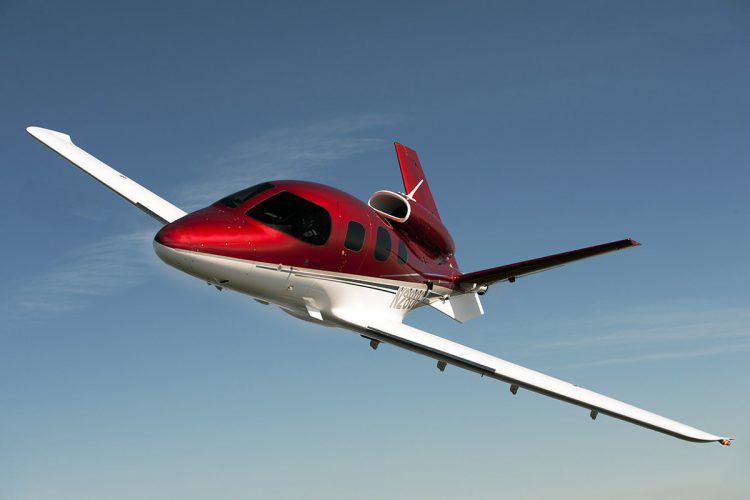
Without the same sense of urgency
The Cirrus SF50 is one of the latest sensations in business aviation. Equipped with only one jet engine, the aircraft for up to six occupants is competitively priced (less than $ 3 million) and has lower operating costs. Another differential of the aircraft is the ballistic parachute system that can be activated in emergency situations.
The order for grounding of the SF50 jet occurred within a short timeframe in the face of incidents reported by Cirrus and without any serious accident occurring. A very different situation from what happened with the 737 MAX.
Boeing’s top-selling commercial jet, even after two fatal crashes with similar characteristics, was considered safe by the FAA that only issued the grounding order after pressure from critics, the press and President Donald Trump himself.
In the end, Boeing was eventually forced to modify software that helped pilots avoid stalling in certain situations and caused the crash of Lion Air and Ethiopian Airlines jets. To date, however, neither the manufacturer nor the FAA have acknowledged the mistake of keeping thousands of passengers at unnecessary risk for months.
